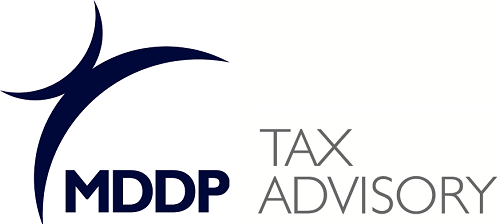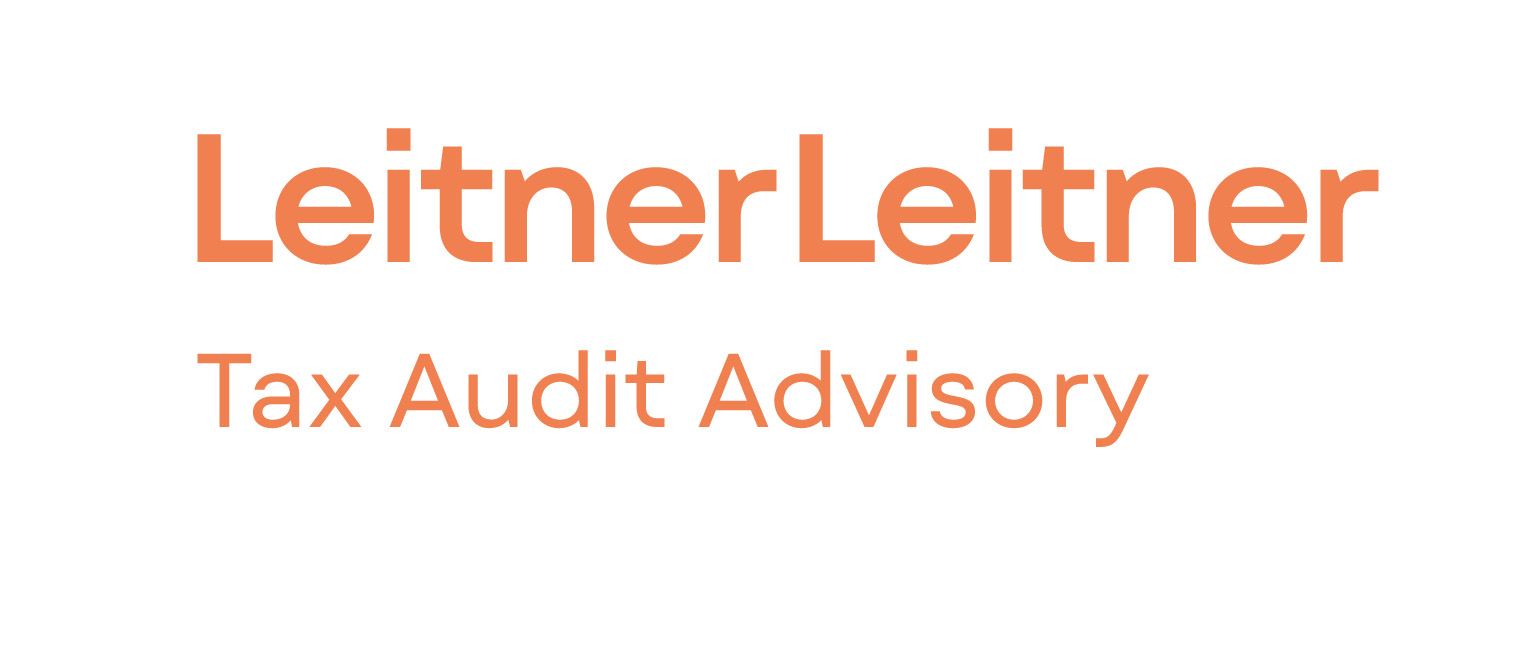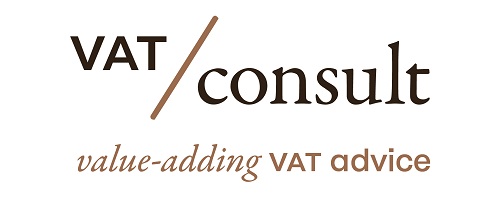VAT compliance is a major challenge for over 75% of EU sellers, governed by the destination principle where VAT is generally due in the customer’s country, with the ‘place of supply’ rules determining which national laws apply. For distance sales, an annual threshold of 10,000 euros across the EU dictates whether the seller can use home country VAT rules (below) or must apply the customer’s country regulations (above), which is crucial for digital services and sellers using multiple warehouses. The One-Stop Shop (OSS) system helps simplify compliance by allowing sellers to manage VAT reporting and payments for all B2C EU distance sales through a single portal, mitigating the risk of fines and double taxation from incorrect place of supply determination.
Source: 1stopvat.com
Note that this post was (partially) written with the help of AI. It is always useful to review the original source material, and where needed to obtain (local) advice from a specialist.
Latest Posts in "European Union"
- General Court T-643/24 (Credidam) – AG Opinion – Unauthorized use of copyrighted works incurs VAT on fees
- General Court T-646/24 (MS KLJUCAROVCI) – Judgment – Triangular transactions can qualify for VAT simplifications despite delivery variations
- Comments on GC T-657/24: VAT exemption for credit intermediation applies when the intermediary searches for and recruits customers
- Briefing documents & Podcasts: VAT concepts explained through ECJ/CJEU cases on Spotify
- ECJ on the relevant sale for determining the transaction value of goods














